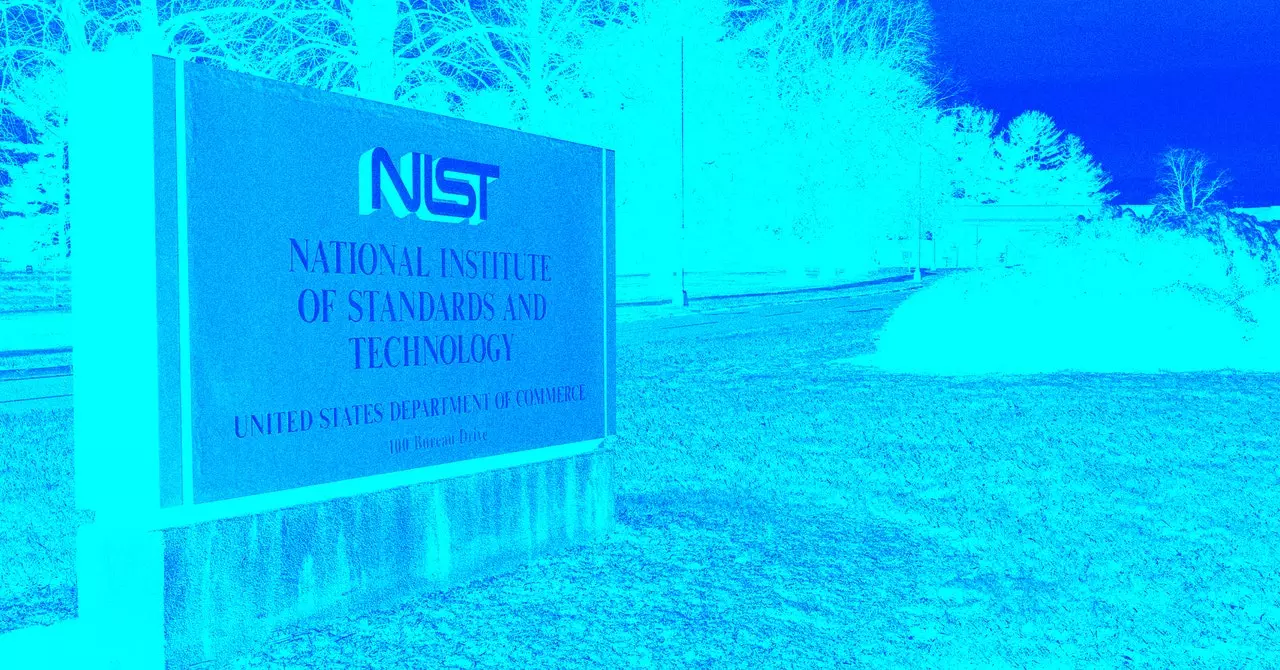The National Institute of Standards and Technology (NIST) finds itself in a precarious situation, with impending layoffs casting a shadow over its mission to maintain safety and reliability standards across various sectors, including technology and consumer products. Following the presidential transition to Donald Trump’s administration, fears of a transformative overhaul have circulated among NIST employees. The specter of budget cuts looms large, as rumors suggest that across-the-board reductions are imminent, particularly targeting individuals within their probationary periods. This development raises critical questions about the future of NIST and its ability to fulfill its mandate effectively.
Concerns heightened when whispers emerged regarding visits by personnel linked to the Department of Government Efficiency (DOGE) to the NIST campus. Reports indicate that this group sought access to NIST’s vital information technology systems, breeding unease and uncertainty among employees about the agency’s future. Additionally, the absence of clear communication from NIST leadership further fueled anxiety, as staff were left to speculate about the impending changes.
The political landscape plays an instrumental role in the direction of organizations like NIST, particularly regarding funding and operational focus. Trump’s administration has openly emphasized a desire to reduce federal expenditure, potentially jeopardizing key initiatives that have been advancing innovative technologies. A stark illustration of this is the reversal of President Joe Biden’s executive order on artificial intelligence (AI) safety, which aimed to prioritize oversight and develop robust frameworks for assessing AI’s ramifications across various applications.
This abrupt pivot raises critical implications for the recently established AI Safety Institute (AISI) at NIST. Founded to explore the capabilities and safety measures surrounding AI technologies, AISI’s work has now come under a cloud of uncertainty. The loss of significant personnel, including key leaders who have recently vacated their positions, signals a worrying trend that raises concerns about NIST’s commitment to ensuring AI safety at a time when such discussions are vital.
The potential layoffs are not merely numbers on a page; they represent a loss of institutional knowledge and a diminishment of expertise crucial to maintaining standards in emerging technologies. Reports suggest that the impending cuts may disproportionately affect esteemed leaders within NIST, particularly those who have spearheaded projects aimed at nurturing AI technologies or assessing the implications of machine learning advancements.
As some of the most respected figures in the agency consider their futures amid these tumultuous changes, the ramifications extend far beyond individual careers. The erosion of trust and morale within the agency can have long-lasting effects on ongoing initiatives and the collaborative spirit that is necessary to confront the challenges posed by rapidly evolving technologies.
The current developments at NIST paint a broader picture of the shifting priorities in government around technology standards and safety. Vice President JD Vance’s recent statements illustrate a strategic pivot away from the focus on AI safety, signaling a generational shift in governance that prioritizes deregulation and innovation speed over safety measures. The exclusion of NIST personnel from crucial international discussions around AI safety further exacerbates this perception of sidelining essential oversight in favor of a rapid advancement agenda.
This trend may have far-reaching consequences, particularly as technology evolves at breakneck speed. As the lines blur between regulation and innovation, how can organizations like NIST uphold their responsibilities to ensure public trust in the technologies that pervade everyday life? With the future of NIST hanging in the balance, stakeholders will need to engage in a dialogue about the importance of maintaining rigorous standards, especially in an era marked by uncertainty and rapid technological change.
As NIST grapples with the potential for large-scale layoffs and an increasingly uncertain future, it remains crucial for stakeholders—not only within the agency but across the broader technological landscape—to advocate for the importance of regulatory bodies in ensuring public safety and ethical standards. The integration of innovative technologies must go hand-in-hand with responsible oversight that protects both consumers and the integrity of the industry.
Moving forward, it will be imperative for NIST and similar agencies to navigate these turbulent waters with clarity of vision and robust strategies that reinforce their commitment to safety, reliability, and public service. Only then can they hope to maintain their critical role in an ever-changing technological landscape.


Leave a Reply